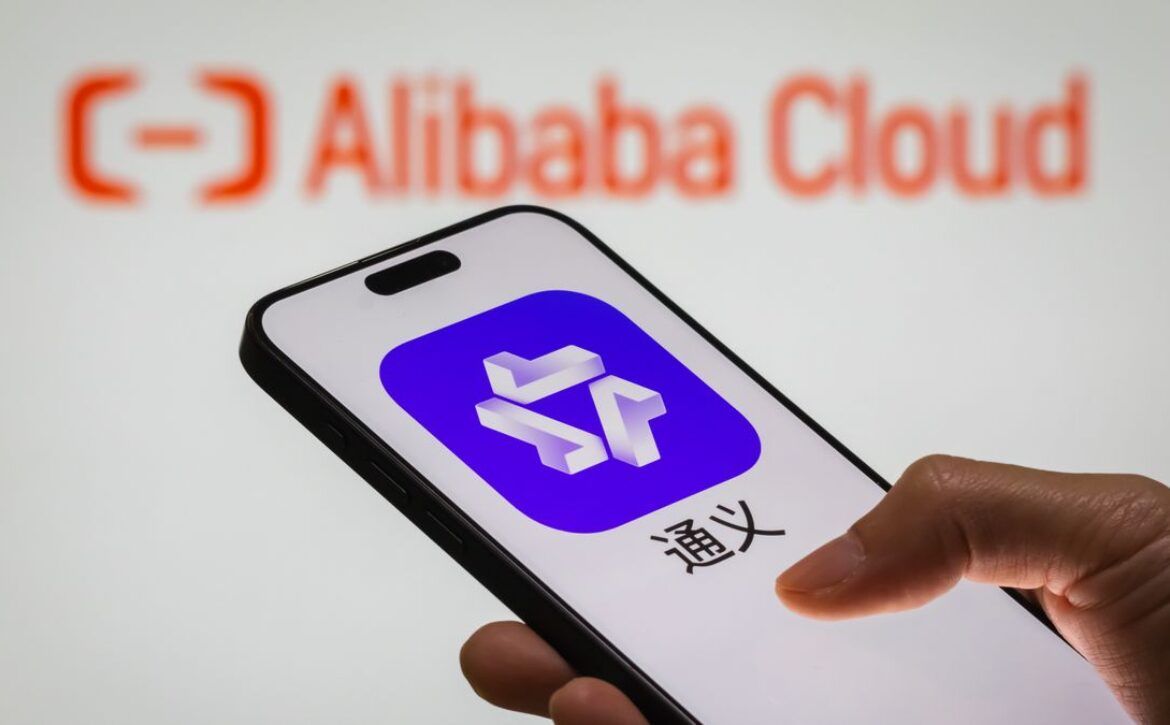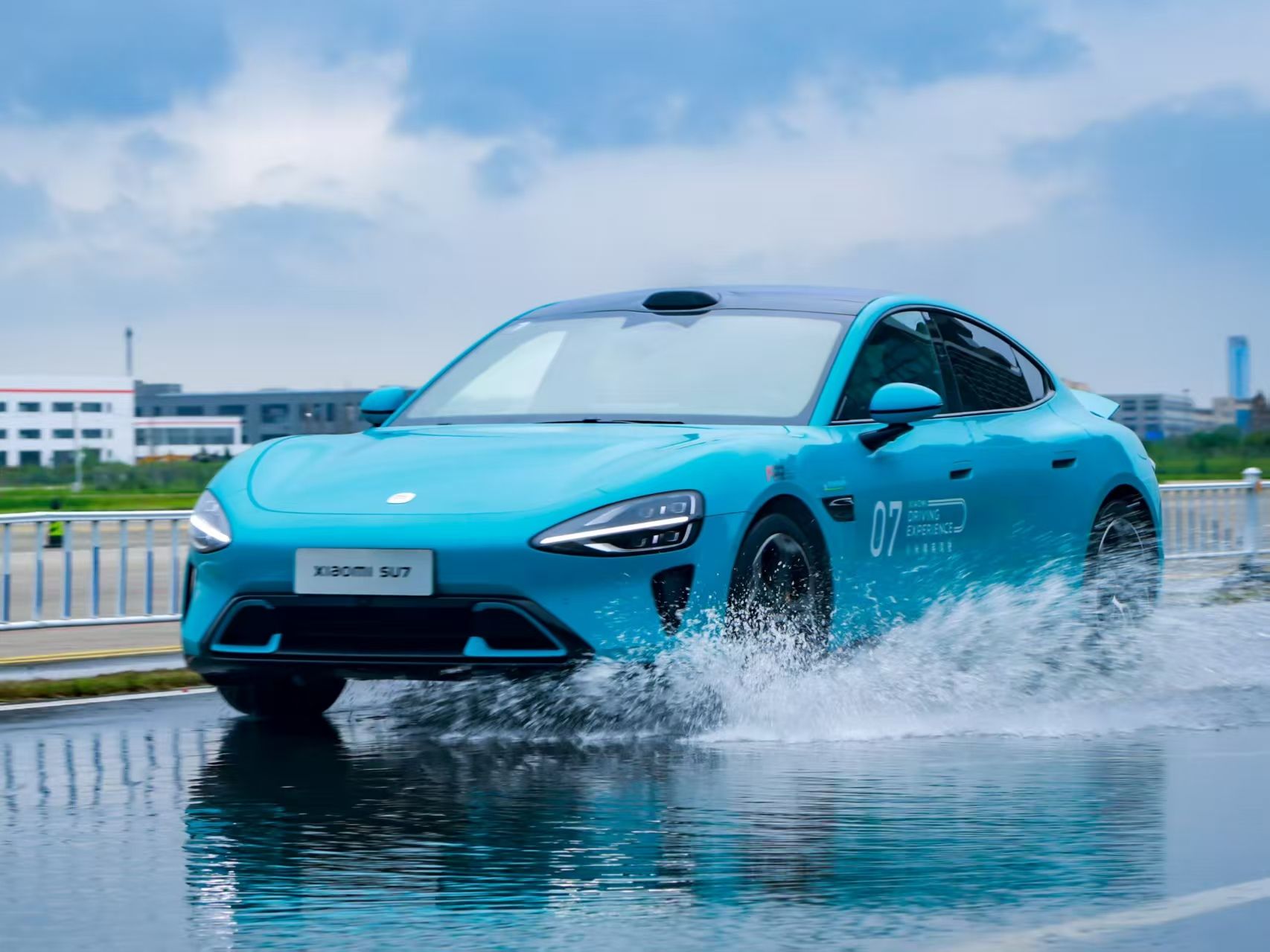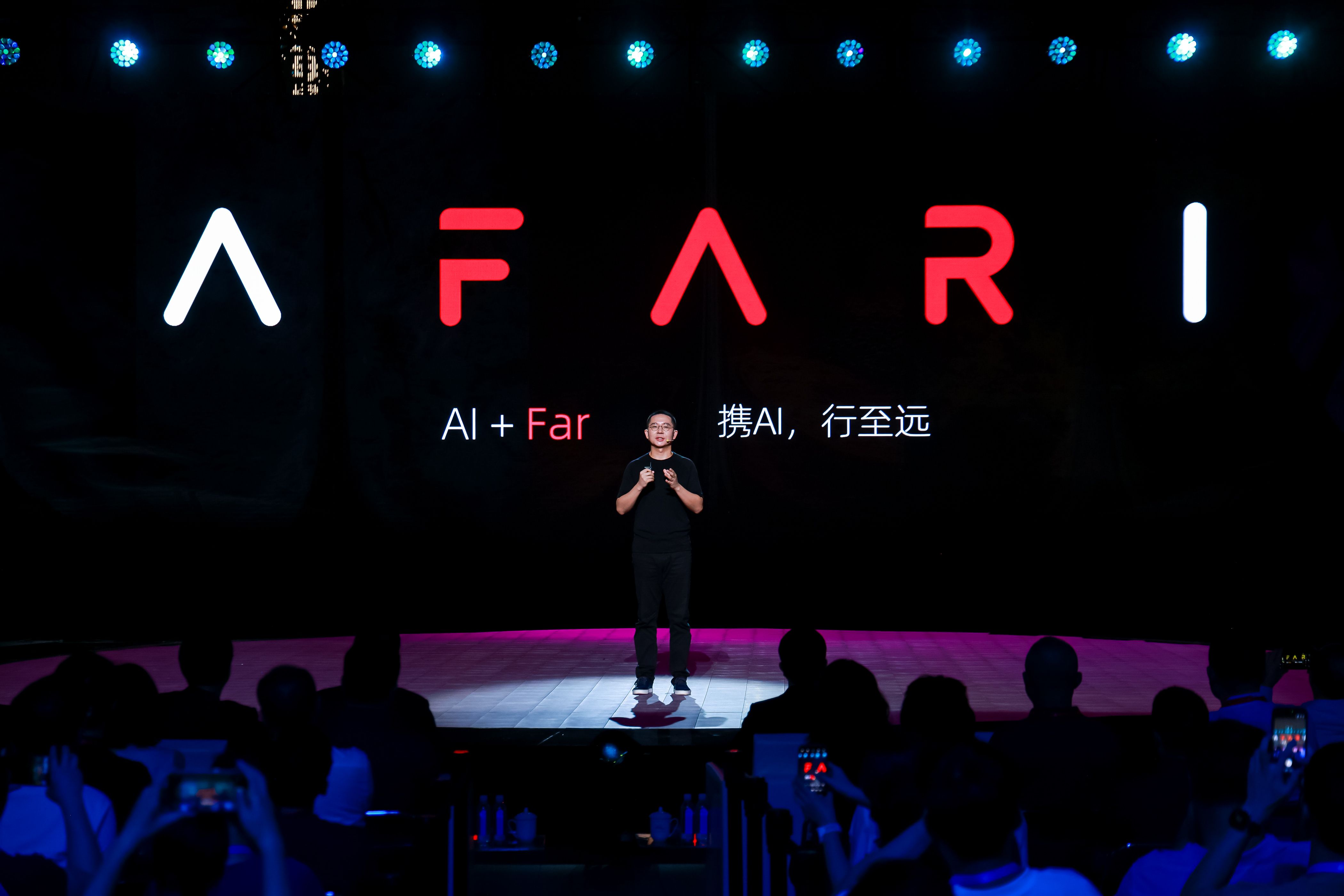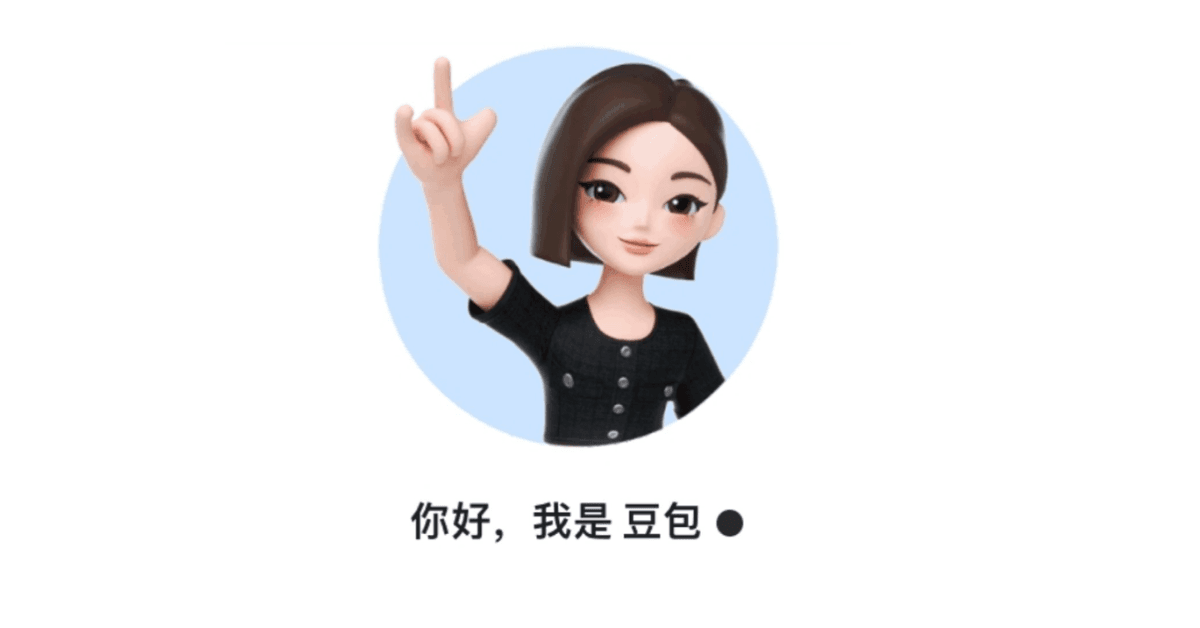
Xiaohongshu, Amap and miHoYo have Entered the AI Field
Want to read in a language you're more familiar with?
Xiaohongshu, Amap and miHoYo have entered the AI field
Xiaohongshu Releases Its First Social LLM: RedOne
Xiaohongshu has officially launched RedOne, its first large language model designed specifically for social networking scenarios. RedOne was developed to overcome the performance limitations of single-task baseline models and aims to comprehensively address various task requirements within the social networking service (SNS) domain. Performance test results show that compared to baseline models, RedOne achieves an average 14.02% improvement across eight major SNS tasks, and a 7.56% gain on bilingual SNS evaluation benchmarks. In real-world deployment, the model has shown even more significant value: it reduced the exposure rate of harmful content by 11.23% and increased the post-browsing search click-through rate by 14.95%, effectively optimizing the platform’s content ecosystem and enhancing the overall user experience.
Amap Announces Full AI Transformation, Paving the Way for a Spatial Intelligence Future
On August 4, Amap (Gaode Maps) officially announced its comprehensive AI strategy. Leveraging over 20 years of accumulated travel data, technical expertise, and scenario-based development experience, Amap is launching the world’s first AI-native map application — Amap 2025. The new app aims to revolutionize the navigation experience through AI, reshaping how users interact with the physical world before, during, and after their journeys. At the heart of the app is “Mr. Gao,” an AI agent specialized in travel scenarios. Users can ask questions via voice input, and Mr. Gao will generate complete travel solutions using model-based reasoning. Features include instant route previews, one-click navigation, and more — offering over 1 billion users a new AI-powered travel experience and context-aware optimal travel strategies. Starting today, users can upgrade the Amap app to the latest version and search for “Spatial Intelligence” to try out the new features.
miHoYo's Cai Haoyu to Launch AI Game Whispers from the Star on Steam
A new AI-driven game Whispers from the Star, led by miHoYo co-founder Cai Haoyu, has officially appeared on the Steam platform and is scheduled for global release on August 15. A playable demo is now available, though it currently does not support Simplified Chinese. Centered on the theme “building connection in isolation,” this interactive narrative game features an innovative AI-powered open dialogue system, abandoning traditional dialogue trees. Players take on the role of Stella’s sole contact and interact with her through a communicator — every message from the player could be vital to Stella’s survival. In the game’s story, Stella is a member of a research team whose spacecraft crashes on the planet Gaia, leaving her stranded. The player becomes her only hope. Stella communicates through video calls, voice messages, or text, sharing what she sees and feels. Her appeals go beyond survival — they delve into emotional introspection and human connection. Players must use a working microphone for real-time conversations, and every exchange can directly influence Stella’s actions — even determine her fate. According to the developers, the game includes over 25 story branches, offering a rich emotional experience and open-ended narrative development. Whispers from the Star will be released as a one-time purchase at $9.99, and is expected to attract wide interest from gamers worldwide.





